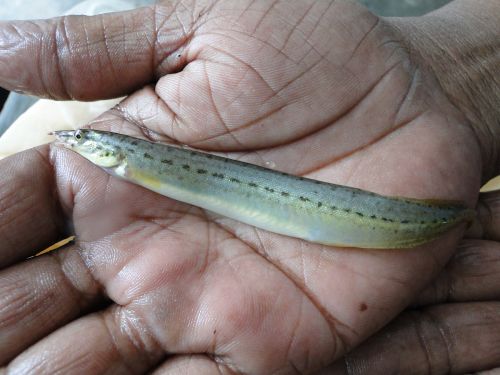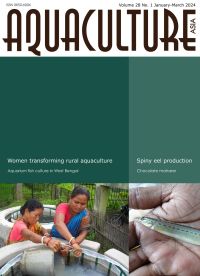Breeding and seed production technology of striped spiny eel Macrognathus pancalus to benefit fish farmers
23 February 2024 | D.N. Chattopadhyay, R.N. Mandal, A. Ghosh, P.P. Chakrabarti, S. Adhikari, B.N. Paul, F. Hoque, A. Das, and A. Hussan | 769 Downloads | .pdf | 3.51 MB | Freshwater finfish, Hatchery and nursery, India
The striped spiny eel, Macrognathus pancalus, is economically significant but faces population decline due to anthropogenic factors. This study presents a comprehensive approach to breeding and seed production techniques for M. pancalus, conducted at the Regional Research Centre, ICAR-Central Institute of Freshwater Aquaculture, Rahara, India.
The study describes broodstock management simulation of natural habitat to stimulate natural breeding. Techniques for hatching and larval rearing, management of early spawn, and precautions to prevent cannibalism are presented. Survival of 88% after one month was achieved.
The breeding and seed production techniques provided are suitable for farmers to adapt, and will contribute to the conservation and utilisation of M. pancalus in sustainable aquaculture practices. The findings also highlight the economic potential of this species to provide a nutritious option for consumers at affordable prices.
Creative Commons Attribution.

